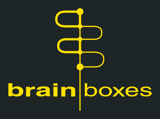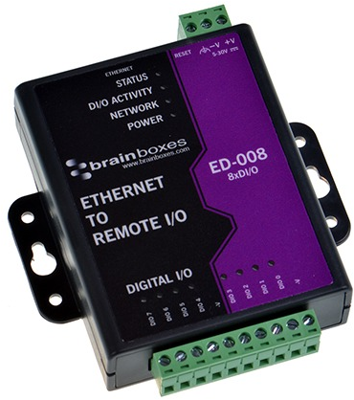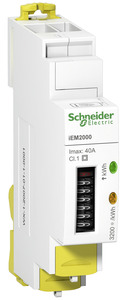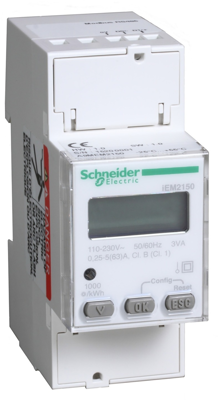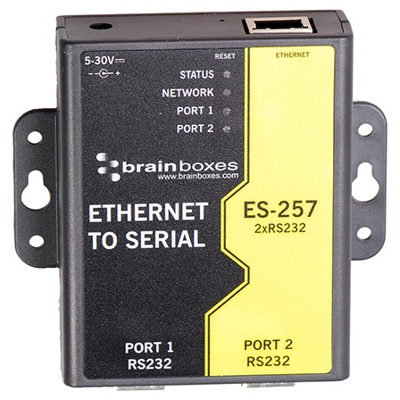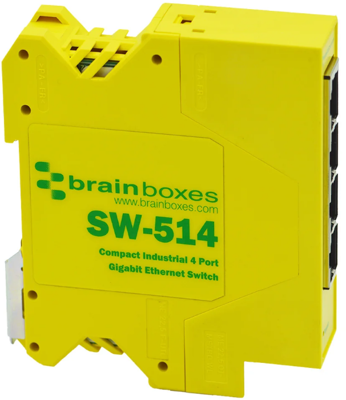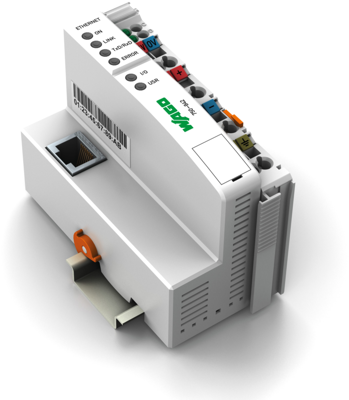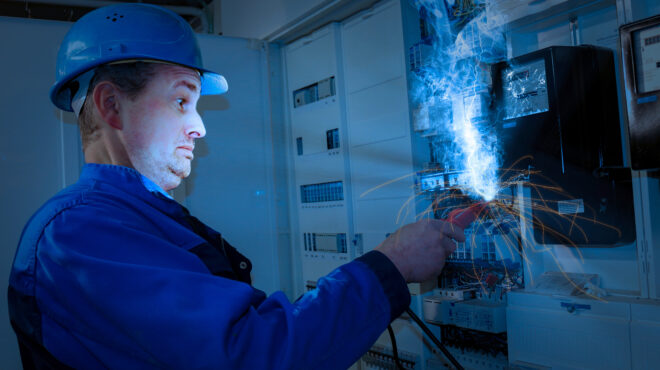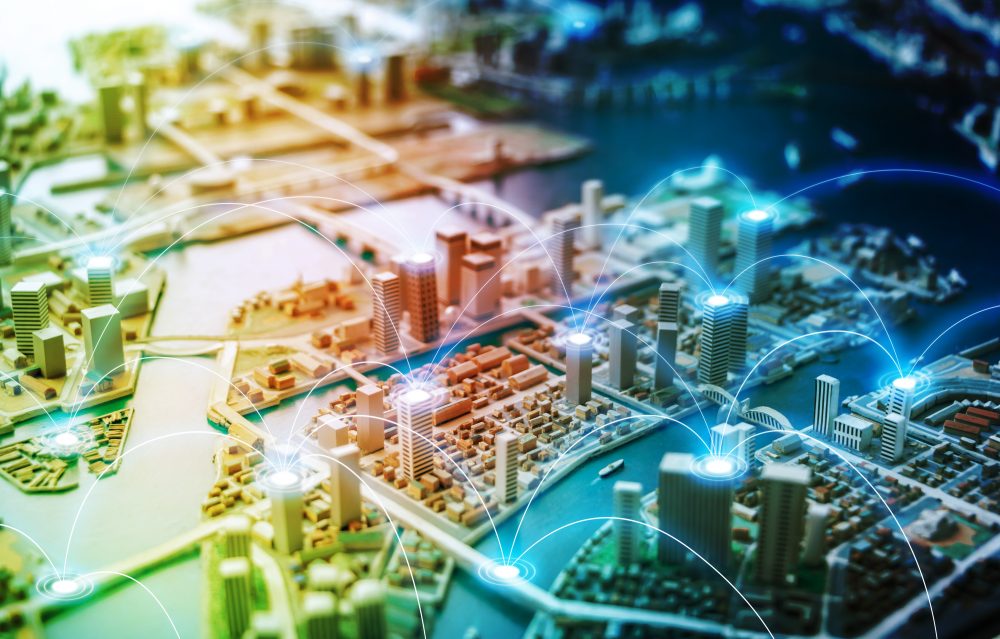
Buildings as a Grid: Buildings as an Energy Network
When it comes to smart buildings, the topic of the energy transition inevitably comes up. Intensive consideration of sustainable decarbonization, decentralization and digitalization ultimately gave rise to the "Buildings as a Grid" approach. A concept in which buildings and public objects themselves act like an independent energy center.
Smart grid technology as a basis for development
Smart grid means “intelligent network” – thus the innovative basis. Electricity networks comprise different electricity generators and households or machines that consume the energy supplied. However, supply and demand do not always coincide. While there is a surplus of electricity on some days, there can be a shortage of energy at other times. Energy storage systems are used to compensate for these differences. These keep an energy contingent on hand until it is needed.
Managing these countless individual components is resource-intensive and expensive. By installing specific sensors, however, manufacturers, consumers and storage units can communicate with each other: The result is an intelligent, self-managing network – a smart grid.
What does “Buildings as a Grid” mean?
The concept of “Buildings as a Grid” is a promising and highly integrative answer to the energy transition: Buildings are to function as intelligent, self-sufficient energy centers – in other words, as a holistic smart grid.
The aim is to achieve maximum efficiency by linking energy consumption with energy generation. The result: The buildings themselves develop into small, independent economic systems. Such a precisely coordinated energy flow is made possible by countless “smart” components. Through their networking and intensive communication, efficient energy management and thus optimal coverage of demand can be achieved around the clock.
If the “building as smart grid” approach is taken a step further, there will be opportunities for efficient, demand-oriented power supply for entire cities and housing complexes. The bidirectional energy transfer between the building grids opens up further potential for increasing the sustainably sophisticated energy supply.
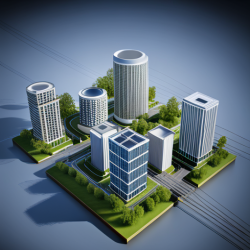
The energy management company Eaton uses the methodology described and converts entire buildings into smart grids that then function as self-organized energy centers. Eaton’s primary focus in energy use is on charging e-vehicles, which are to be powered by the building’s own electricity. After all, e-mobility is gaining more and more momentum, and retrofitting often incurs high costs – not to mention the immense susceptibility to errors. So to successfully transform buildings into reliable energy hubs, or even better – to already design them accordingly, requires a comprehensive package of specific hardware, software and well-organized services.
The three processes fo Buildings as a Grid
In times of energy transition, progressive companies are already steering toward more sustainable methods of energy production – away from the burning of fossil resources. Global political differences and hotbeds of tension, however, make implementation enormously difficult, even though technology and electronics are available as a basis. Energy management must therefore be linked with intelligent technological components, for example in operational and commercial buildings. “Buildings as a Grid” is based on three central processes: Decentralization, decarbonization and digitalization.
Decentralization
In general, a trend movement is currently evident in the industry: Consumers no longer want to just consume energy, but in many cases also generate it themselves. The primary motivation is the desire for less dependence on fossil fuels. The decentralized energy supply is based on renewable energies – for example, through the use of solar panels or wind turbines.
Decarbonization
Our dependence on fossil fuels remains. However, resources are limited, and the energy turnaround has thus become essential. In order to reduce the carbon footprint as much as possible, companies and individual households are increasingly relying on the use of renewable sources for energy production. Decentralization in energy supply enables this increase in electricity from renewable energy sources.
Digitalization
Decentralization and obtaining energy from sustainable sources bring another development: fluctuating energy availability. Changing weather patterns provide electricity in varying amounts. Differences in energy availability occur. The energy generated must therefore be distributed in a well-organized manner so that sufficient flexibility remains to meet demand. This can be achieved using intelligent, digitally controlled systems.
Potentials and opportunities of Buildings as a Grid
The increasing electrification in all industrial sectors significantly favors the “Buildings as a Grid” approach. Smart grid technology is already an established approach in many industries – for example in e-mobility or the utility industry.
As a result, integration into larger smart networks can be accomplished more easily and smoothly. Buildings act as individual grids and can communicate with each other. The generated energy is thus digitally controlled and can be flexibly used to meet the respective demand – even in times of peak consumption.
Buildings as energy networks
Increasing efficiency in facility management is more relevant than ever. Approaches to optimized building utilization are being fine-tuned across all sectors. The question is no longer whether new technologies are needed for efficient energy management, but rather what they should look like and what is needed to implement them. Buildings as a Grid makes particular sense in the case of highly frequented buildings such as office buildings, apartment blocks and public buildings. After all, for owners of such properties, the pressure to promote sustainability efficiently is extremely high – because of the need to meet climate targets while ensuring economic viability.
Would you like to learn more about efficient energy management? In our article on energy meters you will learn useful tips for more energy efficiency.
